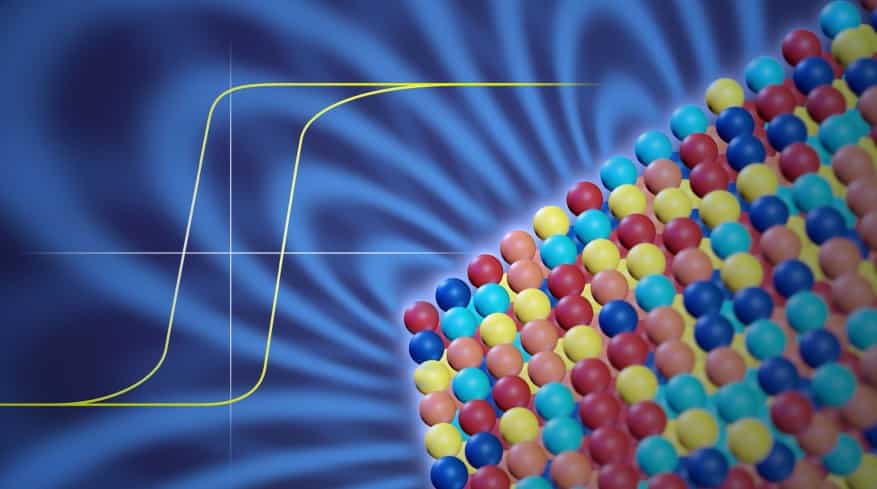
Until now, one of the rarest elements on Earth was required to make generators that produce electricity from heat: tellurium. Professor Gabi Schierning from the Faculty of Physics at Bielefeld University, Germany; together with colleagues from the Leibniz Institute for Solid State and Materials Research IFW Dresden, Germany; the University of Houston, Texas, U.S.; and the Harbin Institute of Technology, China; has now shown that there is another way and that such generators can be made from more sustainable materials. All materials are based on more readily available elements such as magnesium and antimony.
“Finding alternatives to tellurium is very important for the applicability of thermoelectronics,” says Professor Schierning. She conducts research on thermoelectric materials and devices in the Thin Films and Physics of Nanostructures group. Thermoelectric generators convert heat – primarily waste heat released into the environment during power generation – into electrical energy. In the process, charge carriers have a greater thermal velocity at high temperatures than at low ones. When there is a temperature difference in thermoelectric materials, the charge carriers move from warmer to colder areas. As a result, they generate a usable electrical voltage.
The technology could be used to make waste heat partially usable again, Schoerning says. “When fossil fuels are burned, much of the energy produced is lost as waste heat,” the physicist explains. “By generating additional electricity from this waste heat, greenhouse gas emissions, for example, could be reduced.”
Components based on magnesium and antimony
Waste heat is generally hot, up to about 250 degrees Celsius. In this range, modules made of tellurium-based materials efficiently convert heat into electricity. “The goal is to find materials that are similarly efficient but more abundant in the Earth’s crust and therefore less expensive – increasing the chance that the technology will become marketable,” Schierning says. She and her colleagues used chemical compounds based on the elements magnesium and antimony for their study. “It has been known for some time that such compounds are suitable materials for thermoelectronics. Until now, however, it could not be shown that they could also be used to make functioning thermoelectric devices. We have now succeeded in doing so.”
In their studies, the researchers first synthesized thermoelectric materials. To do this, they ground all the components into a fine powder and compressed them under heat. They then used these materials to fabricate the module. For this, Dr. Pingjun Ying and Dr. Ran He of the Leibniz Institute for Solid State and Materials Research IFW Dresden optimized both the synthesis of the materials and the structure “so that the device can generate electrical energy as efficiently as possible, which depends, for example, on the layering of the material or the geometric structure of the module,” they explain. The result of the research was that the magnesium-based devices were just as efficient as the tellurium-based ones.
The researchers published the results of their work in the journal Nature Communications.
For more articles on converting waste heat into energy, click here.







